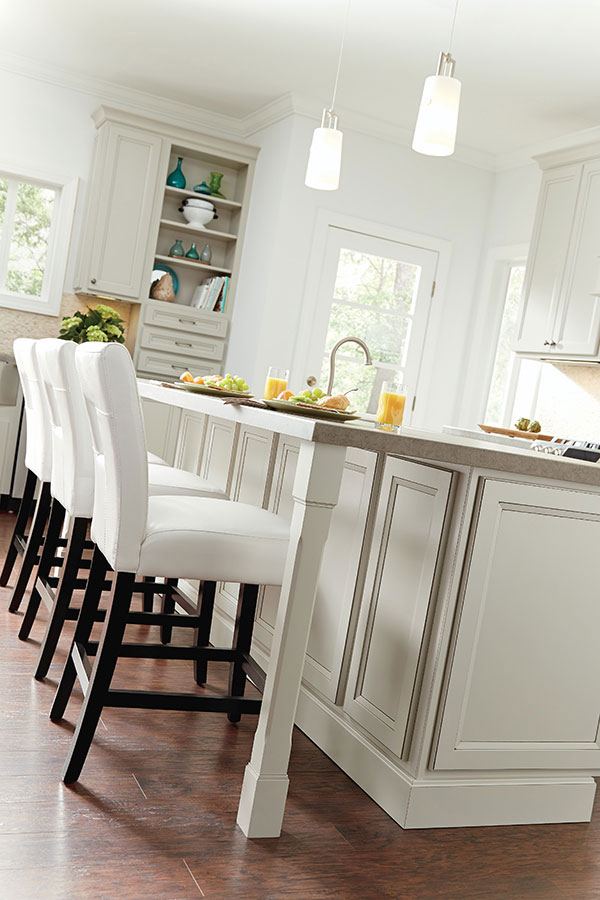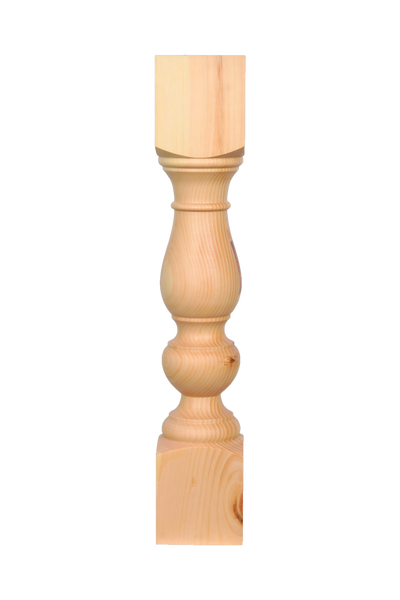Classy Kitchen Island Legs to Complement Your Counter top
Classy Kitchen Island Legs to Complement Your Counter top
Blog Article
An Overview to Selecting the Suitable Cooking Area Island for Your Home
Picking the best cooking area island is a multi-faceted choice that can substantially impact both the capability and visual appeals of your home. Recognizing your kitchen's spatial characteristics is the preliminary step, making sure that the island fits seamlessly without disrupting the circulation. Past room factors to consider, recognizing the main purpose of the island-- be it for meal preparation, eating, or additional storage space-- is important. The selection of coatings and products additionally plays a crucial role in integrating the island with your cooking area's overall design. As we check out these elements additionally, the nuances of each choice will certainly end up being clear.
Assessing Your Area
Prior to picking a kitchen area island, it is vital to thoroughly analyze your area to ensure the enhancement will certainly be both functional and visually pleasing. Begin by measuring the available area, consisting of the width, length, and elevation of the kitchen area. Exact measurements are important to prevent purchasing an island that bewilders the area or one that is overmuch little.
Consider the existing layout and exactly how the island will certainly integrate with the current web traffic flow. A well-placed island ought to not impede or obstruct pathways access to important appliances, such as the stove, refrigerator, and sink. Leave ample clearance area-- commonly around 36 to 48 inches on all sides-- to permit comfy movement and office effectiveness.
Next, assess the all-natural light and sightlines within your kitchen area. An island that obstructs a home window or disrupts aesthetic cohesion can make the room feel dark and confined. Consider how the island's positioning will certainly influence lights and presence, ensuring it enhances as opposed to diminishes the cooking area's setting.
Identifying the Purpose
Determining the purpose of your kitchen island is a critical step in ensuring it meets your certain demands and choices. Prior to delving into layout or size considerations, it is necessary to clarify what key function the island will serve in your kitchen. Will it be a main hub for dish prep work, a laid-back eating location, or perhaps an additional storage remedy?
Additionally, ample counter area for mixing and cutting, along with accessible storage for kitchen tools and active ingredients, can transform the island into an efficient workstation. Alternatively, if the island is planned to offer or facilitate social communications as a dining area, seating arrangements become paramount.

Picking the Right Size
Selecting the ideal dimension for your kitchen island is a balance of capability and area optimization. An excellent kitchen island must supply sufficient office while guaranteeing that motion around the cooking area continues to be unblocked. Begin by measuring your cooking area space; a minimal clearance of 36 to 42 inches around the island is essential to permit comfortable motion and availability.
The measurements of the island must mirror its desired usage. For circumstances, if the island will serve mainly as a prep area, a width of 24 to 36 inches could be adequate. If it is to suit seats, you must consider a bigger size, normally determining at the very least 48 inches in size. Islands dedicated to home appliances or sinks may require additional space to house these functions properly.

Finally, ensure that the island's size complements the total kitchen area design, avoiding any type of overwhelming presence that could interfere with the kitchen area's aesthetic and energy - kitchen island legs. Mindful planning and accurate dimensions will assist you attain a effective and harmonious cooking area setting
Deciding On Products and Finishes
After identifying the suitable size for your kitchen island, the next step includes choosing appropriate materials and surfaces. The choice of products dramatically influences both the visual allure and performance of your cooking area island. Popular materials for counter tops include quartz, butcher, and granite block, each offering distinct benefits.
In addition to the kitchen counter, consider the products for the space station. Solid wood offers a traditional, strong look, while stainless steel provides a sleek, modern look and is very easy to tidy. Repainted coatings can introduce a sprinkle of shade, with choices ranging from muted pastels to strong, vivid shades.
Pay attention to the resilience of surfaces, specifically in high-traffic locations, to preserve the island's look over time. Picking the right Home Page products and coatings will certainly improve both the performance and visual allure of your cooking area island.
Including Practical Features
Integrating practical attributes into your kitchen area island can significantly boost its utility and benefit, changing it right into a versatile centerpiece of your cooking area. One vital function to think about is added storage. Integrating cabinets, cabinets, and open shelving can offer much-needed space for kitchenware, tools, and little home appliances, helping to maintain a clutter-free atmosphere.
Another useful enhancement is an integrated sink or cooktop, which can improve dish preparation and clean-up procedures. A sink can assist in jobs such as washing veggies and cleaning meals, while a cooktop can permit food preparation straight on anonymous the island, promoting an extra interactive and social cooking experience.
Take into consideration integrating seating options, particularly if your cooking area doubles as an informal dining location. Bar stools or integrated benches can transform the island right into a multifunctional area for meals, research, or laid-back gatherings.
Finally, integrating electric outlets into your kitchen area island can improve its usefulness. Electrical outlets supply convenient accessibility for little cooking area home appliances, charging terminals for digital tools, and additional lighting choices.
Verdict

Before choosing a kitchen area island, it is vital to thoroughly analyze your space to guarantee the addition will be both practical and visually pleasing.Choosing the ideal size for your kitchen island is a balance of performance and area optimization. kitchen Read Full Report island legs. An optimal kitchen island must give enough work space while guaranteeing that movement around the cooking area stays unobstructed.Incorporating functional attributes right into your kitchen island can significantly boost its utility and convenience, transforming it right into a versatile centerpiece of your cooking area.In verdict, choosing the excellent kitchen area island demands a thorough evaluation of the available room, clearness regarding its primary function, and mindful factor to consider of the ideal dimension and materials
Report this page